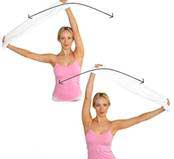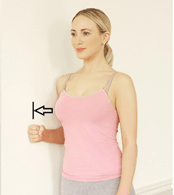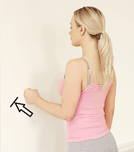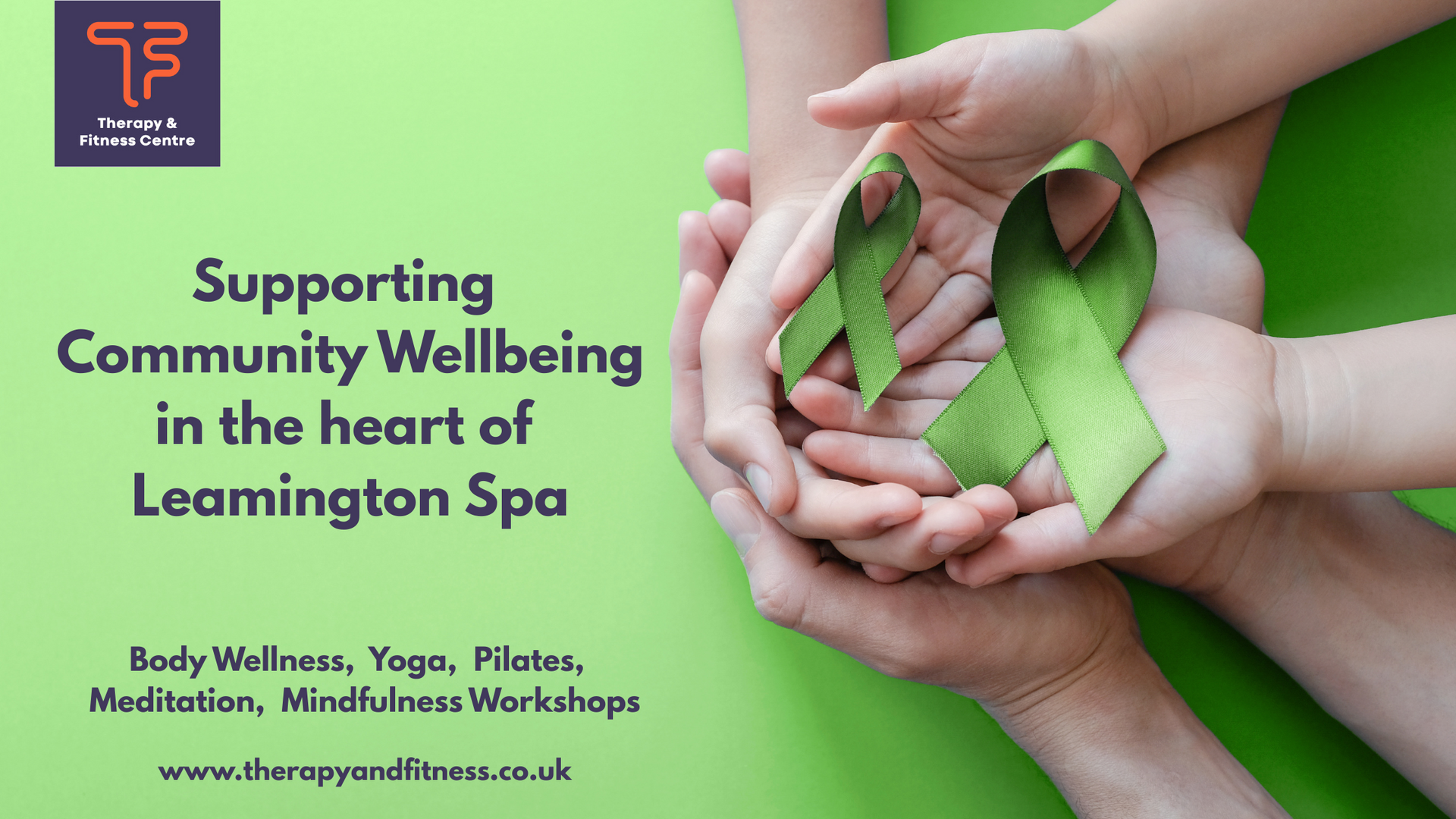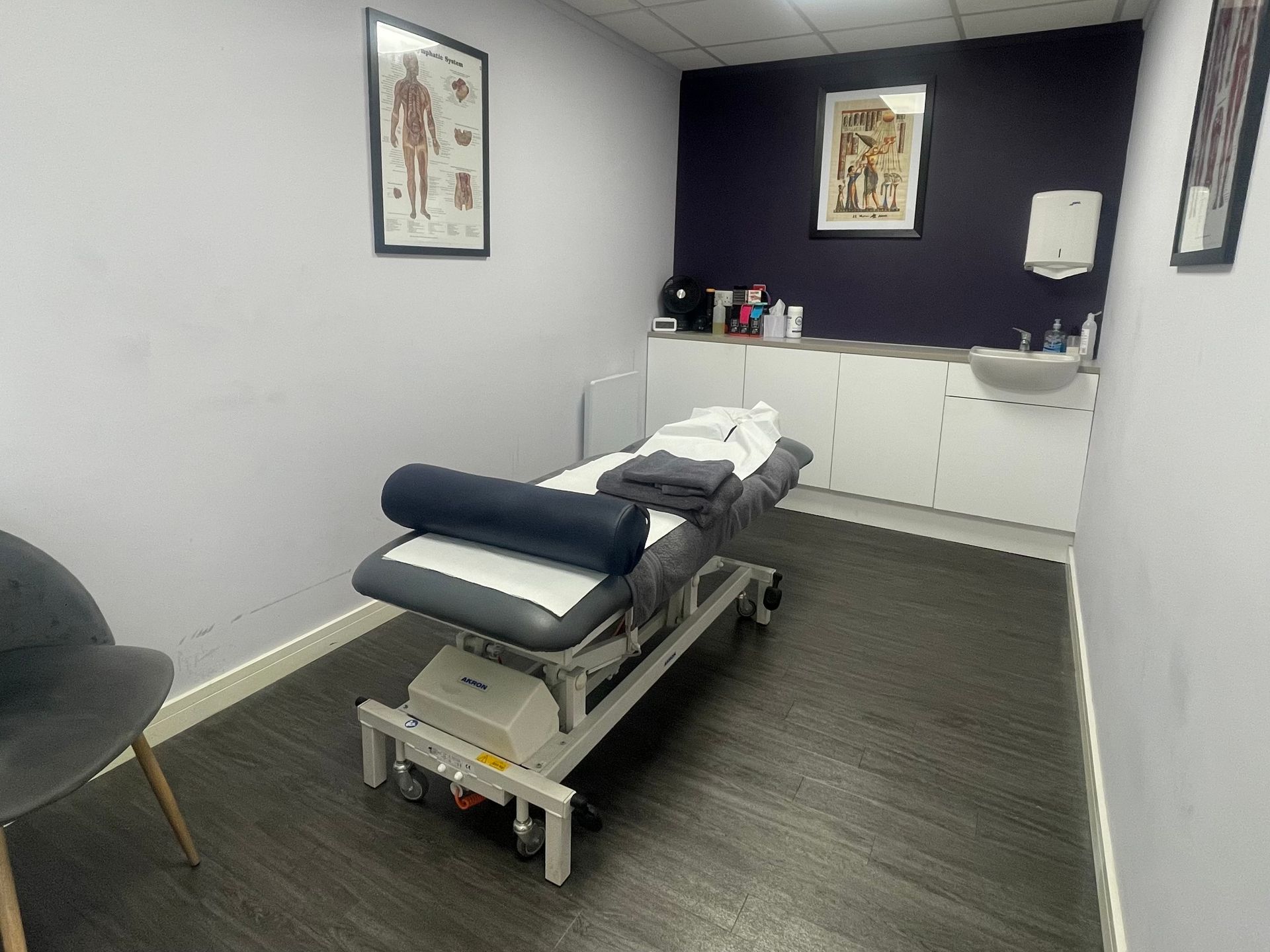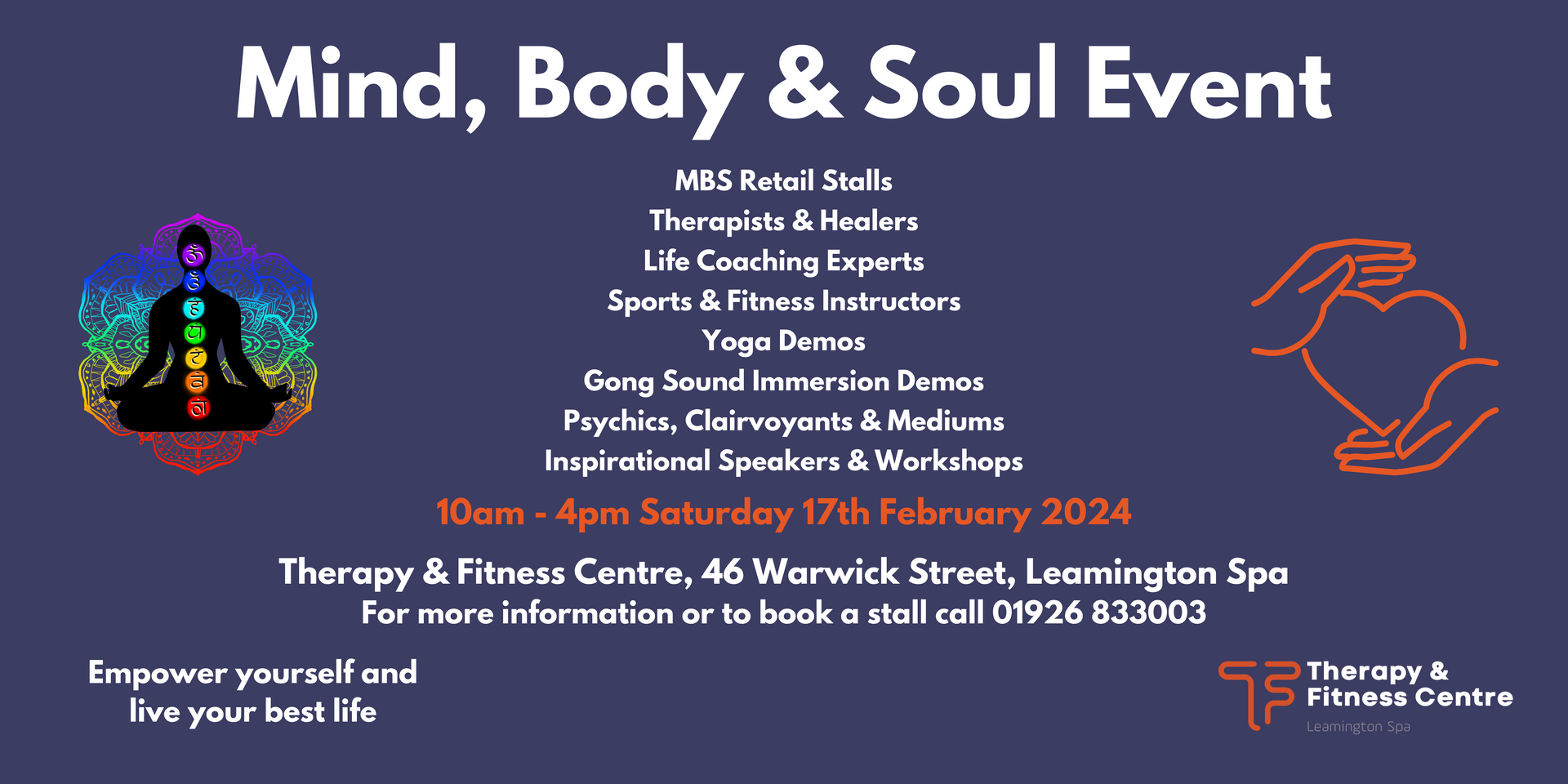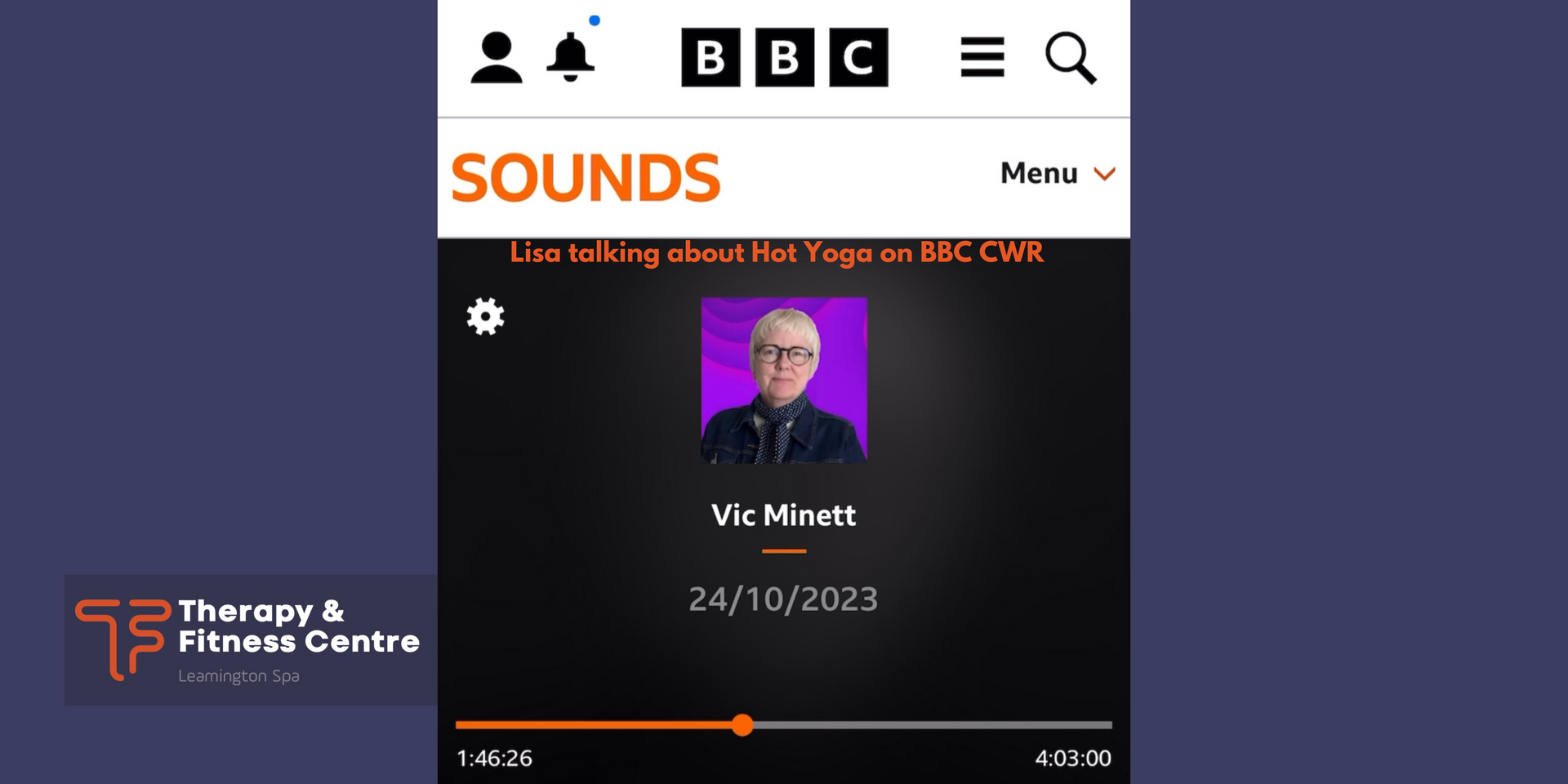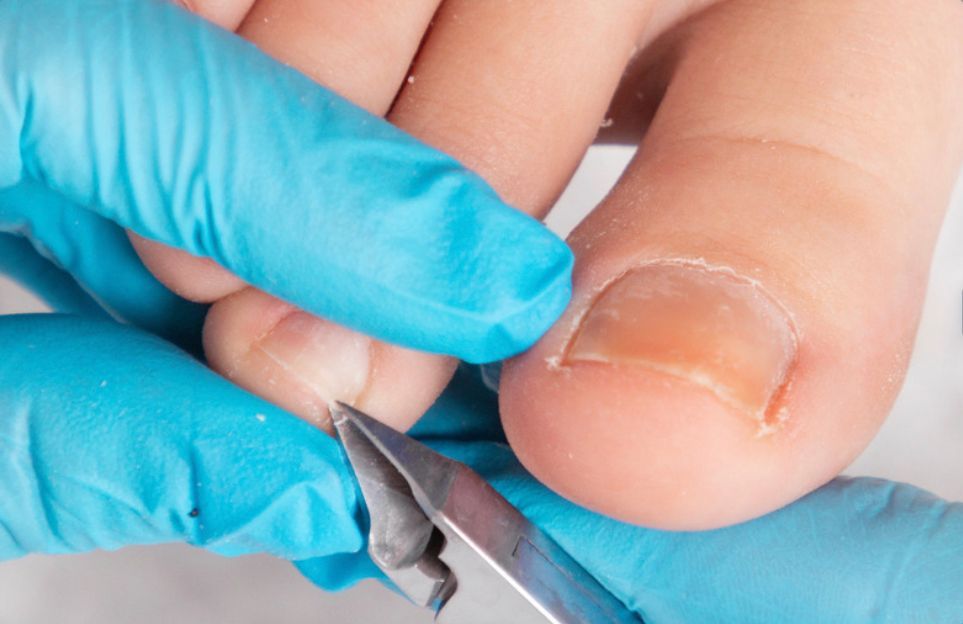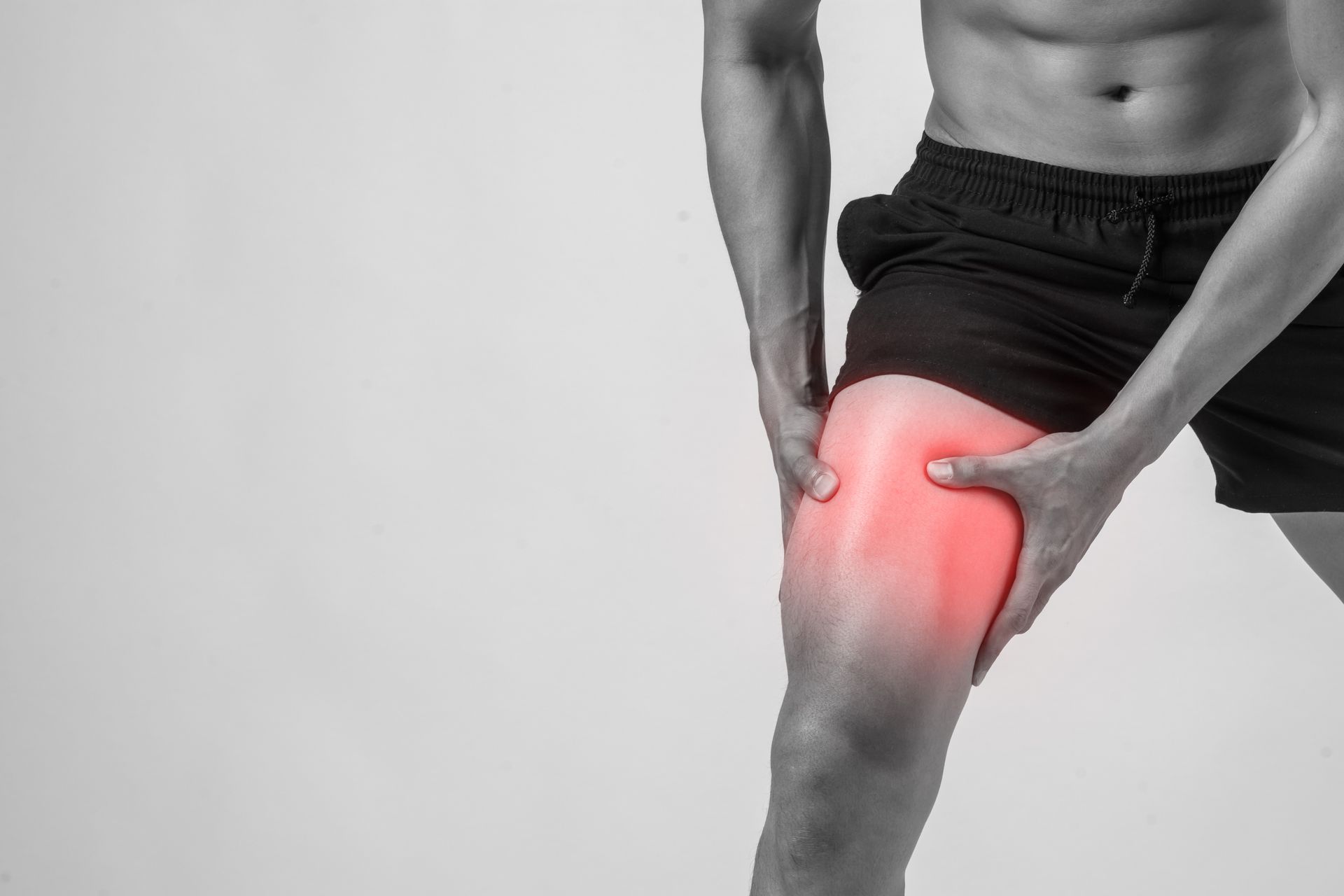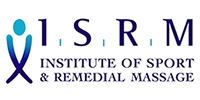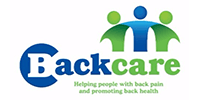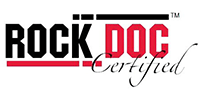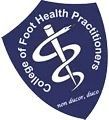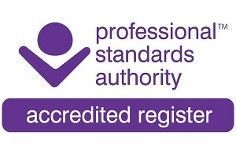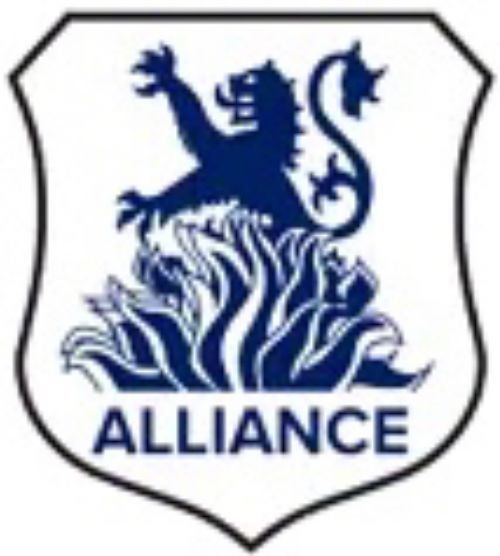Muscle Of The Month
Lisa Moore • September 18, 2019
Muscle Of The Month
Trapezius
The Trapezius is one of the upper back muscles, it is a large kite shaped muscle that runs from the base of the skull then down along either side of the spine to just below the shoulder blades and extends the width of the shoulders. You could argue that this is the largest muscle in the body.
Functions
It stabilises the shoulder blades and facilitates shoulder and neck movements. The upper trapezius of the muscle helps elevate the shoulder blades but also helps to rotate and tilt the neck. The middle portion of the muscle brings the shoulder blades back and provides stabilisation to the shoulder during arm movements. The lower Trapezius helps bring the shoulder blades back down.
Causes of Pain
Symptoms can be muscle stiffness, shoulder and neck pain, muscle spasms tingling or numbness in one or both arms and decreased range of motion in shoulders and neck.
Symptoms can be brought on by:
The Trapezius is one of the upper back muscles, it is a large kite shaped muscle that runs from the base of the skull then down along either side of the spine to just below the shoulder blades and extends the width of the shoulders. You could argue that this is the largest muscle in the body.
Functions
It stabilises the shoulder blades and facilitates shoulder and neck movements. The upper trapezius of the muscle helps elevate the shoulder blades but also helps to rotate and tilt the neck. The middle portion of the muscle brings the shoulder blades back and provides stabilisation to the shoulder during arm movements. The lower Trapezius helps bring the shoulder blades back down.
Causes of Pain
Symptoms can be muscle stiffness, shoulder and neck pain, muscle spasms tingling or numbness in one or both arms and decreased range of motion in shoulders and neck.
Symptoms can be brought on by:
- Overuse- Repetitive Motions through the shoulder can put stress on the muscle.
- Stress- People commonly tense the muscle around the neck and shoulder area when under stress, this can lead to muscle soreness over time.
- Poor Posture- Prolonged poor posture from hunching over a desk or computer keyboard results in the muscle becoming shortened and tight.
- Weak muscles- the upper back suffers when the lower back muscles are weak and therefore can’t support the upper back correctly.
- Trauma- this can be a muscle tear to the trapezius from placing too much force through the muscle.
Streches
Ear to Shoulder Stretch
- Sit up Straight in a Chair
- Slowly bend the head to the side taking the ear to the shoulder.
- Place the same hand on the head and gently pull it down towards the shoulder for a deeper stretch.
- Hold for 20 seconds
- Release the head and perform the same stretch on the opposite side.
The Football Supporter
- Take a scarf or hand towel and grasp both ends.
- Lift it above your head and slowly move the scarf from side to side as if you were waving a scarf remember to keep your shoulders down.
- This will help improve mobility to the shoulder but if the shoulder is stiff start gently as it can be uncomfortable.
Isometric Shoulder Wall Exercises
Shoulder Abduction
Abduction isometrics strengthen the muscles that lift your arm out to the side and overhead. This motion makes things like putting on a shirt or applying deodorant possible.
Step 1: Stand with a wall on your right side and your right elbow bent at a 90-degree angle.
Step 2: Press your forearm against the wall as though you are trying to move your arm away from your body.
Step 3: Maintain the hold for 10 seconds and then relax the arm. After doing 10 repetitions, repeat on the opposite side.
Abduction isometrics strengthen the muscles that lift your arm out to the side and overhead. This motion makes things like putting on a shirt or applying deodorant possible.
Step 1: Stand with a wall on your right side and your right elbow bent at a 90-degree angle.
Step 2: Press your forearm against the wall as though you are trying to move your arm away from your body.
Step 3: Maintain the hold for 10 seconds and then relax the arm. After doing 10 repetitions, repeat on the opposite side.
Shoulder Flexion
This exercise helps strengthen the shoulder muscles that elevate your arm straight ahead. This makes activities like putting away dishes in a cabinet or adjusting a rear view mirror possible.
Step 1: Stand with a wall in front of you. Make a fist with your right hand and keep your elbow straight.
Step 2: Gently push your fist against the wall as though you are trying to move your arm out in front of you.
Step 3: Hold this contraction for 10 seconds and then relax. Complete the exercise 10 times and then repeat with the left arm.
Step 1: Stand with a wall in front of you. Make a fist with your right hand and keep your elbow straight.
Step 2: Gently push your fist against the wall as though you are trying to move your arm out in front of you.
Step 3: Hold this contraction for 10 seconds and then relax. Complete the exercise 10 times and then repeat with the left arm.
Shoulder External Rotation
This exercise helps strengthen the external rotator muscles in the shoulder that help with activities like washing your hair and reaching for a seat belt.
Step 1: Stand in a door frame with your right elbow bent at a 90-degree angle and your palm facing inwards.
Step 2: Keeping your elbow firmly against your side, press the back of your right hand against the door frame like you are trying to rotate your forearm away from your body.
Step 3: Maintain the hold for 10 seconds and then relax. Repeat 10 times before switching to the left arm.
Step 1: Stand in a door frame with your right elbow bent at a 90-degree angle and your palm facing inwards.
Step 2: Keeping your elbow firmly against your side, press the back of your right hand against the door frame like you are trying to rotate your forearm away from your body.
Step 3: Maintain the hold for 10 seconds and then relax. Repeat 10 times before switching to the left arm.
Shoulder Extension
This exercise strengthens the shoulder muscles used during activities like putting a wallet in your back pocket or reaching into the back seat of a car.
Step 1: Stand with your back to a wall and your right elbow bent at a 90-degree angle.
Step 2: Press your elbow into the wall as though you are trying to move the arm backwards.
Step 3: Hold this contraction for 10 seconds and then relax. Perform 10 repetitions before switching to the other arm.
Step 1: Stand with your back to a wall and your right elbow bent at a 90-degree angle.
Step 2: Press your elbow into the wall as though you are trying to move the arm backwards.
Step 3: Hold this contraction for 10 seconds and then relax. Perform 10 repetitions before switching to the other arm.
Shoulder Internal Rotation
Internal rotation isometrics activate the shoulder muscles used while reaching behind the back to tuck in a shirt or clasp a bra.
Step 1: Stand in a door frame with your right elbow bent at a 90-degree angle and your palm facing inwards.
Step 2: Without allowing your elbow to leave your side, press your palm into the door frame as though you were trying to rotate your forearm towards your abdomen.
Step 3: Continue to press into the frame for 10 seconds before relaxing your arm. Do 10 repetitions of the exercise before repeating with the left shoulder.
Step 1: Stand in a door frame with your right elbow bent at a 90-degree angle and your palm facing inwards.
Step 2: Without allowing your elbow to leave your side, press your palm into the door frame as though you were trying to rotate your forearm towards your abdomen.
Step 3: Continue to press into the frame for 10 seconds before relaxing your arm. Do 10 repetitions of the exercise before repeating with the left shoulder.
Scapular Setting
To “set’ your shoulder blades imagine you are wearing a V-neck t-shirt back to front. Now pull your shoulder blades downwards and inwards as shown in the diagram and hold this position. Keep your chin up and maintain good posture. Hold for 20 seconds, relax then repeat 3 times.
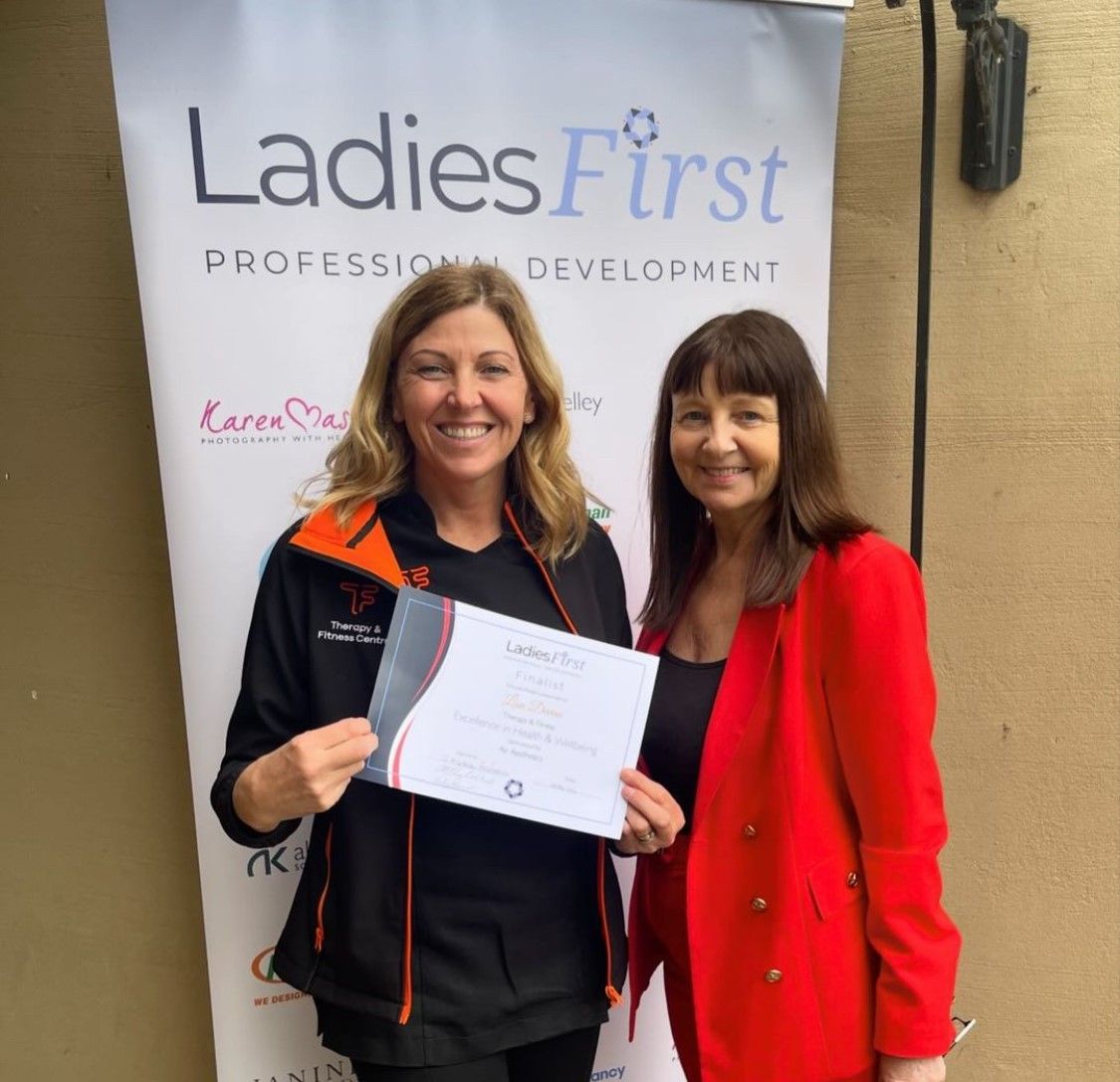
The second time in a row Lisa has been announced as a finalist in the Ladies First Health and Wellbeing category at this years awards ceremony which will be held at the Dallas Burston Polo Club on Thursday 13th June. Last year Lisa won the award which was held at Coombe Abbey Hotel. Will Lisa hold the title for the second year?
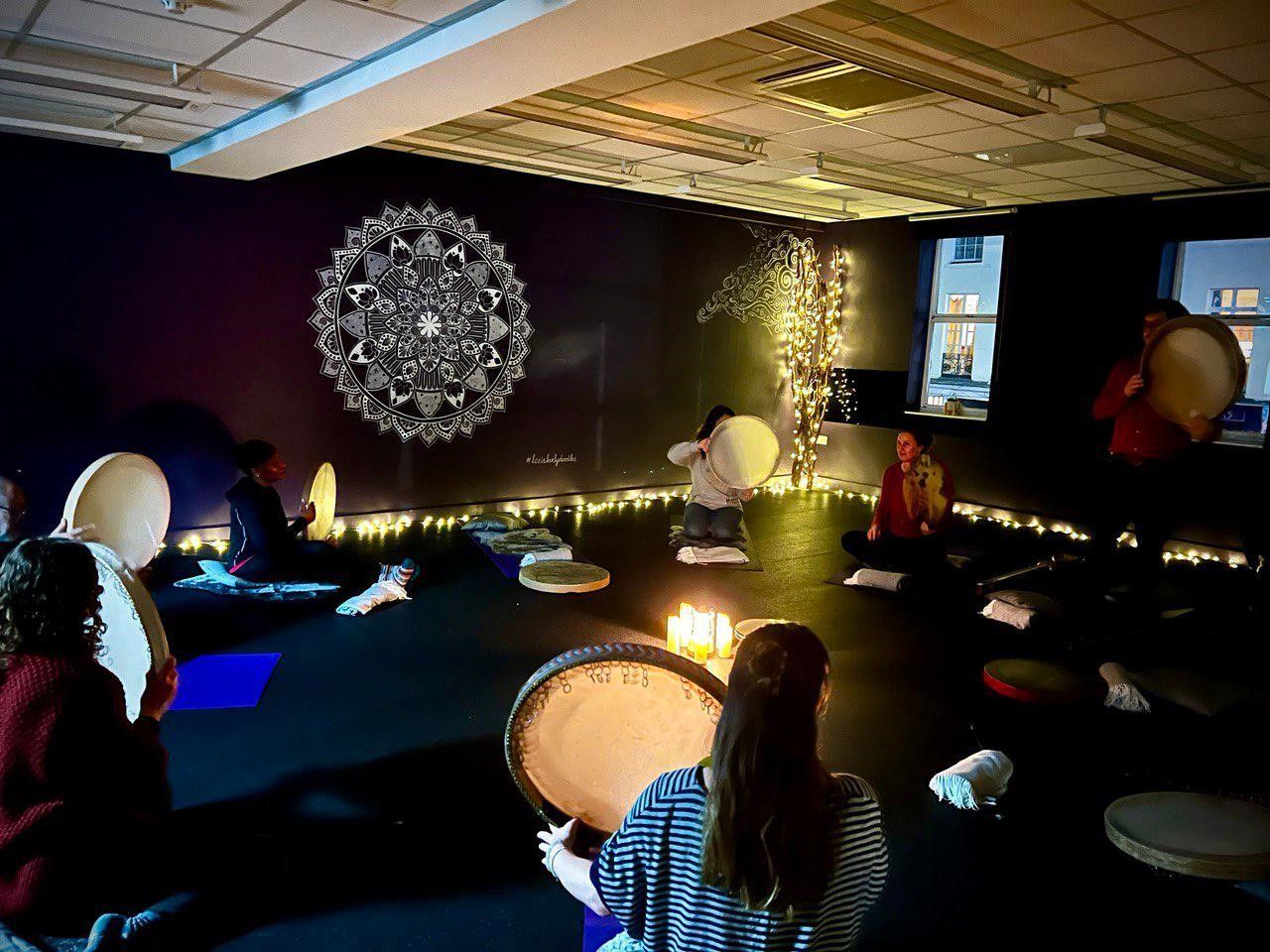
Join us every 3rd Tuesday of the month for Bev and her Heart Meditation Drumming Circle from 7pm for beginners and 8.15pm for those who have attended at least twice before. Become more connected with your heart and practice the ancient art of heart beat meditation. Unlocking lower stress levels, conscious breathing and a better nights sleep along with an art of drumming. The heart holds the key to unlocking your true potential. Daf drums, (Frame drums) provided. Join us as we focus on the heart for a £5 - £10 donation to cover expenses and any additional goes to charity. To book your place click HERE .

Whether you’re struggling with the symptoms of everyday stress, or are experiencing a big change in your life that is activating feelings of anxiety, it can have an adverse affect on your emotional and physical wellbeing. When your mind is in turmoil, it can be difficult to figure out how to diffuse the feelings of stress, so why not try taking the focus off the things you can’t control, and instead concentrate on the things you can. At Leamington Therapy and Fitness Centre , we’ve put together this list of our top 8 stress relievers to help you relax.


